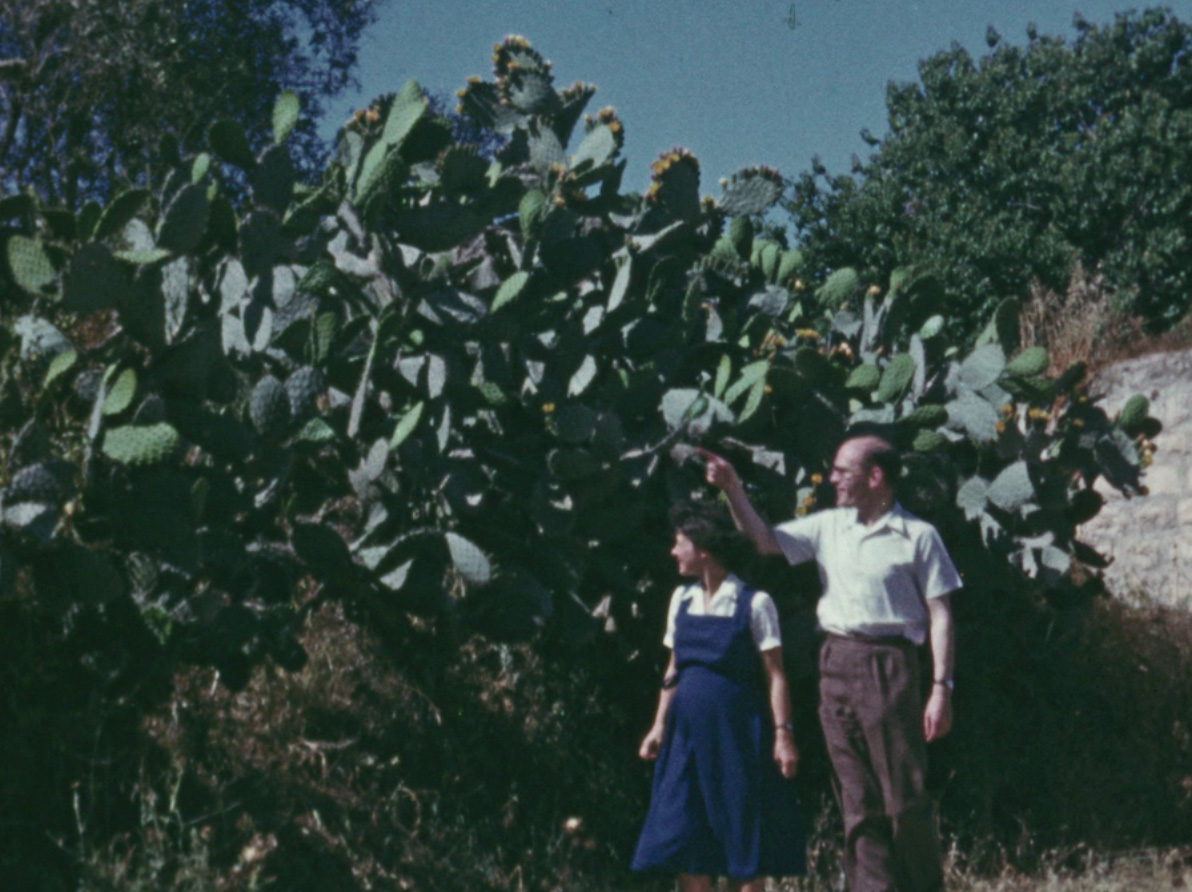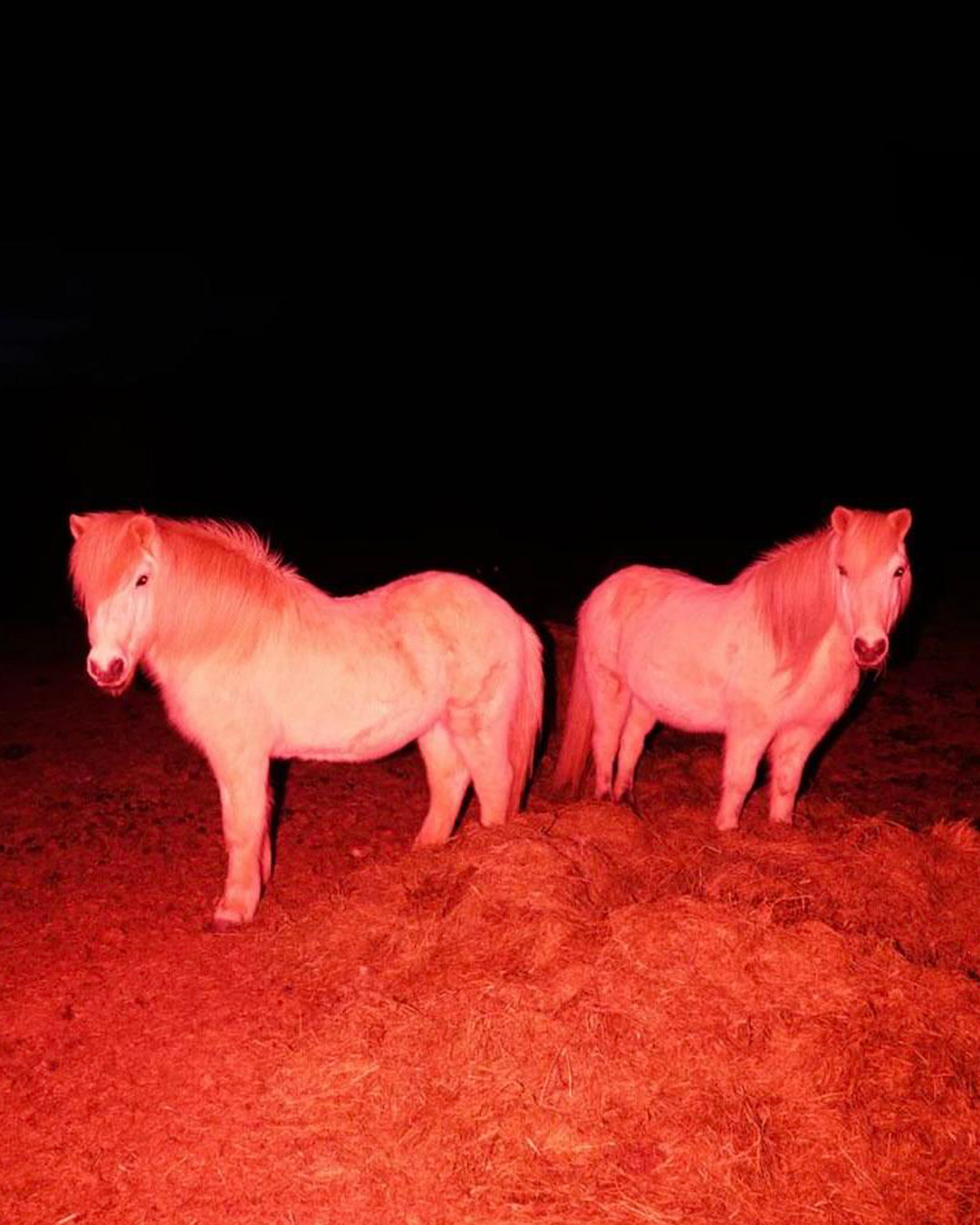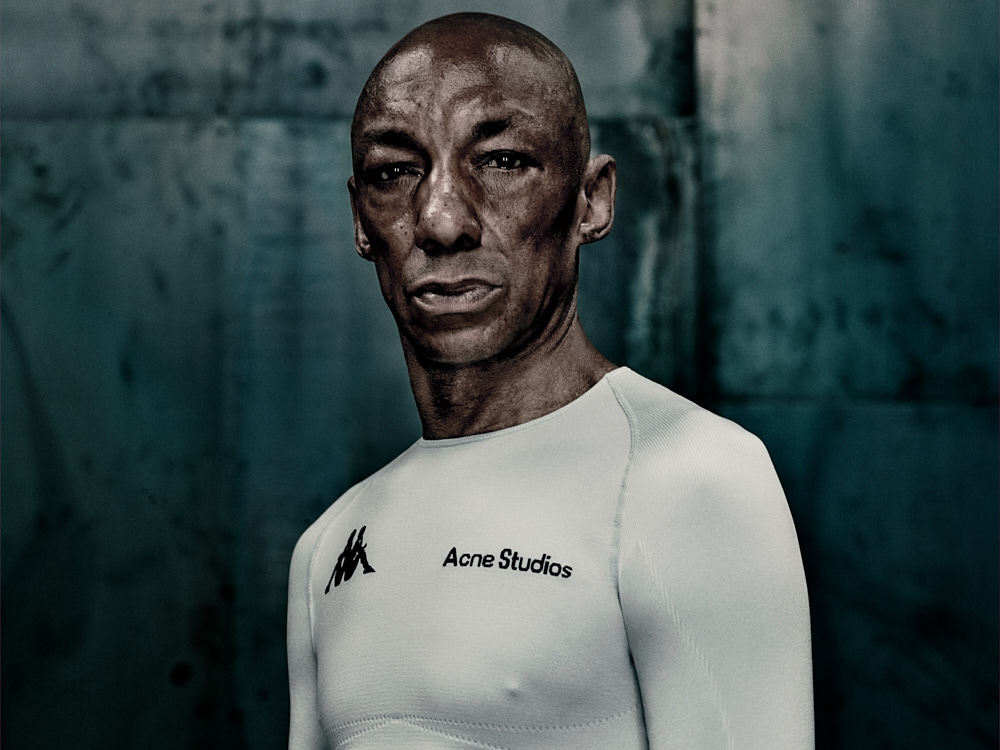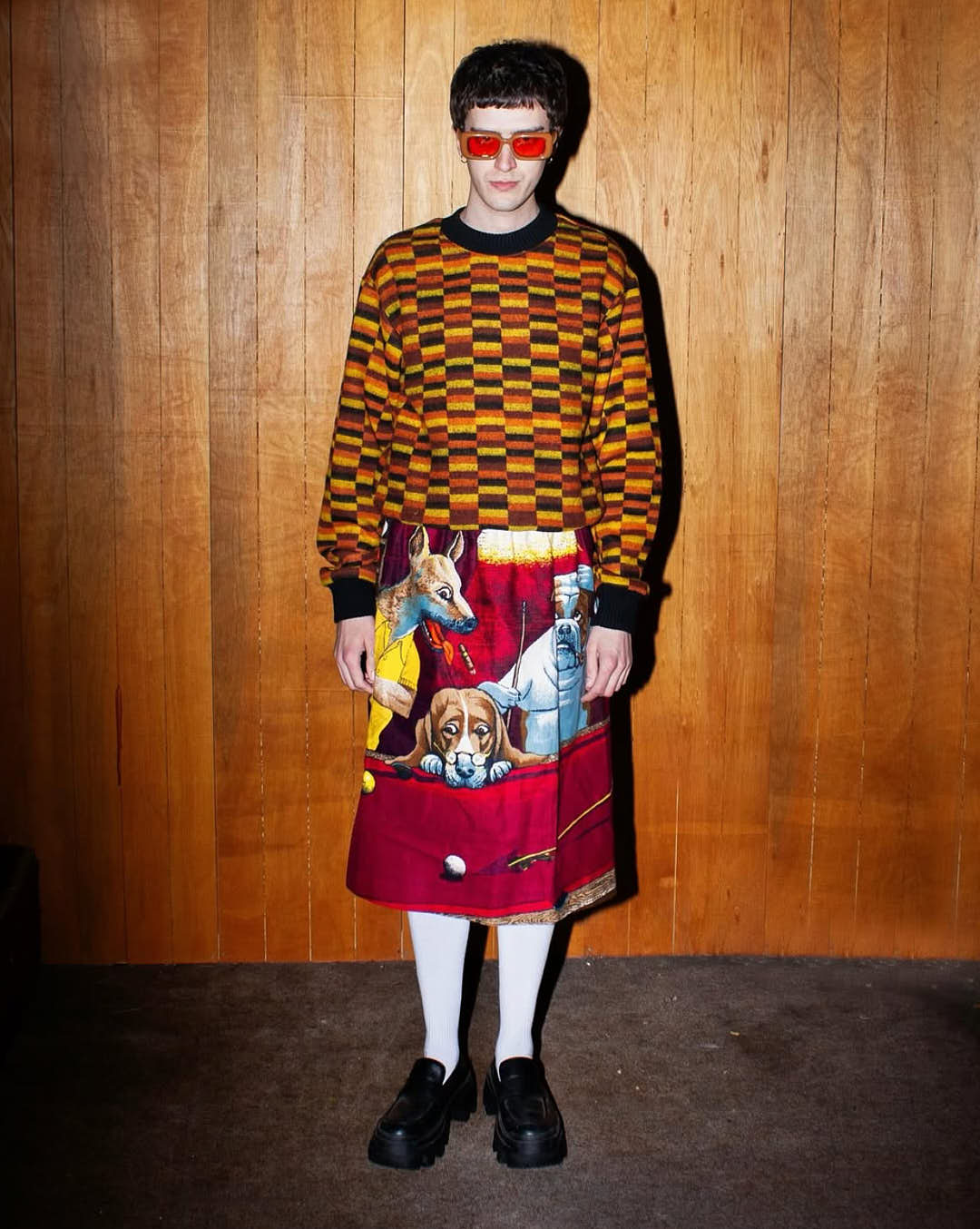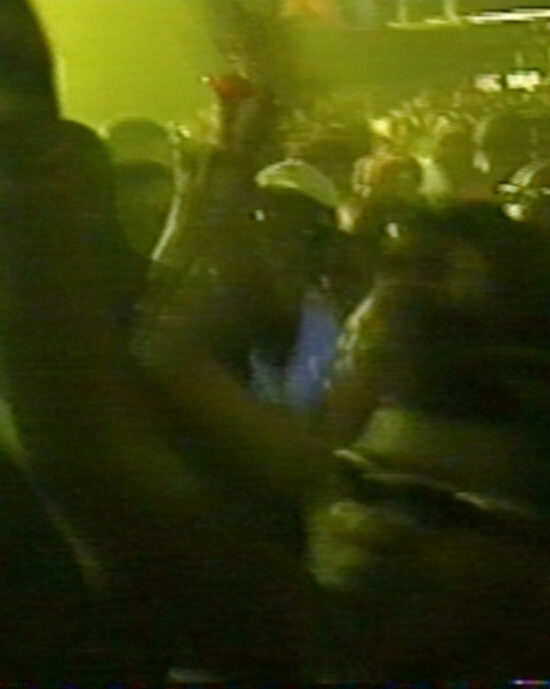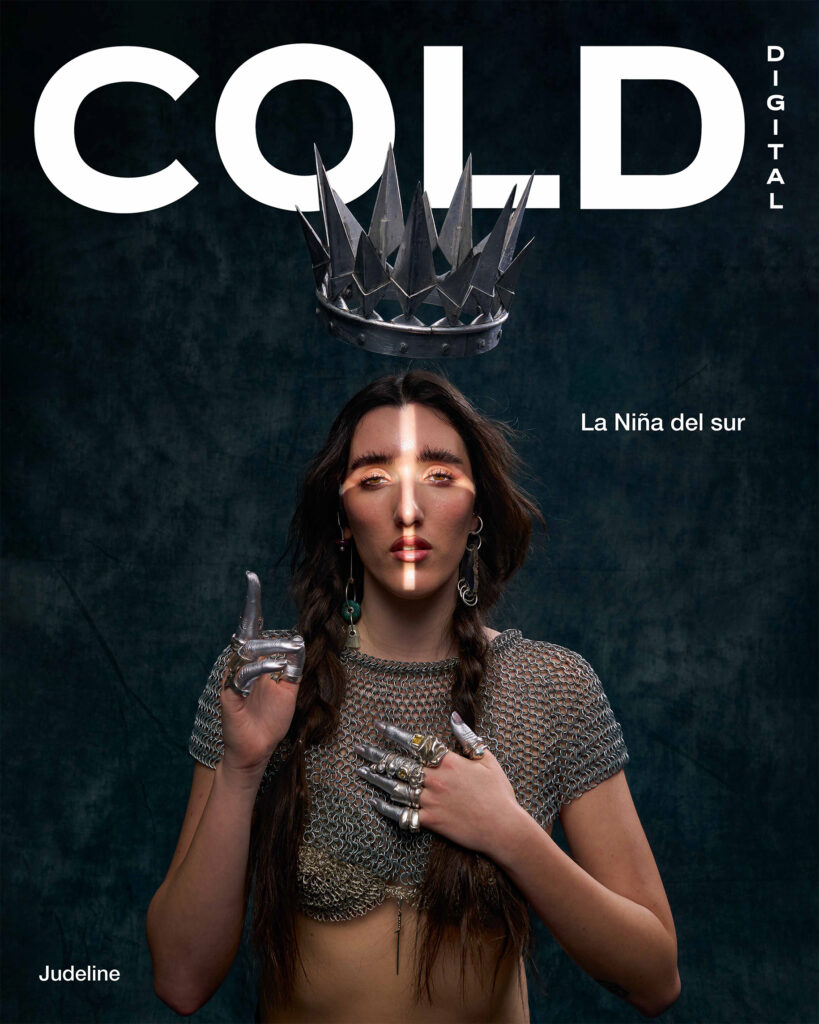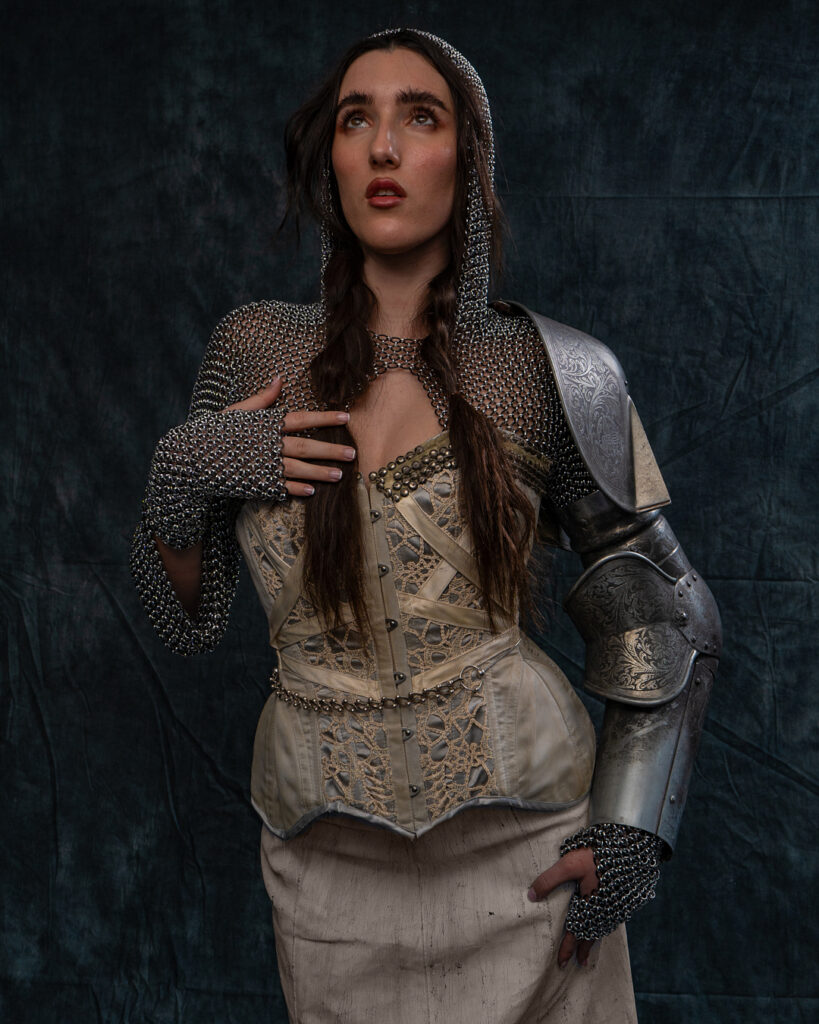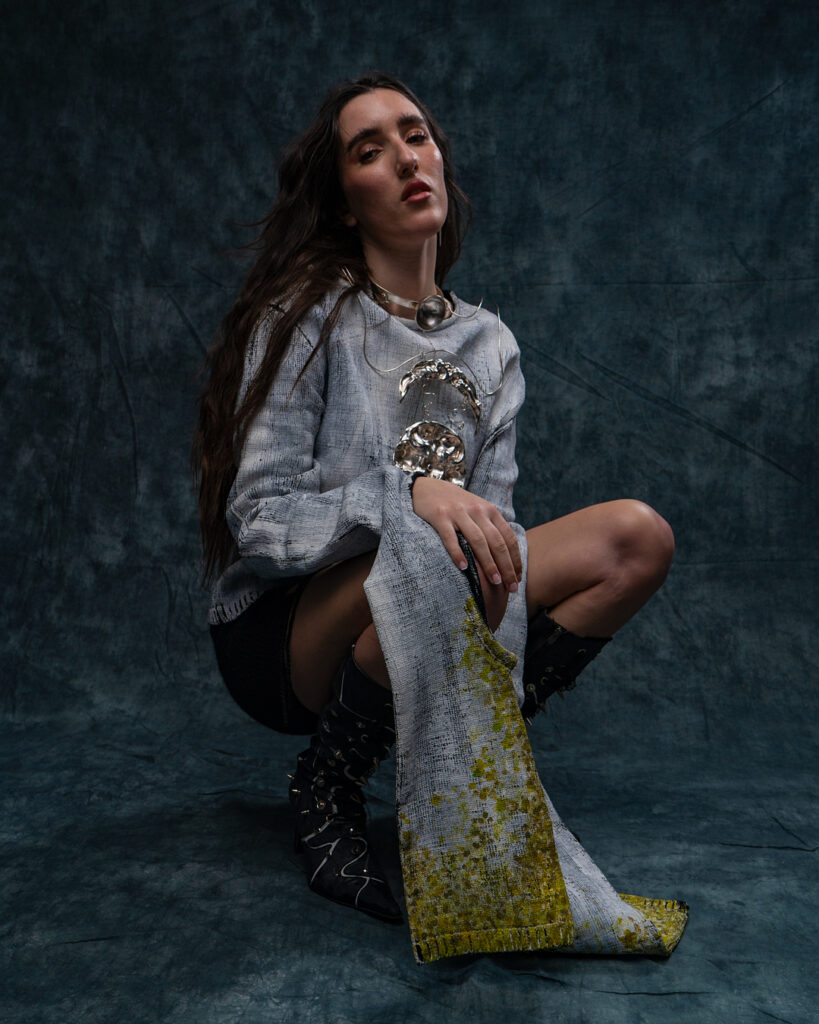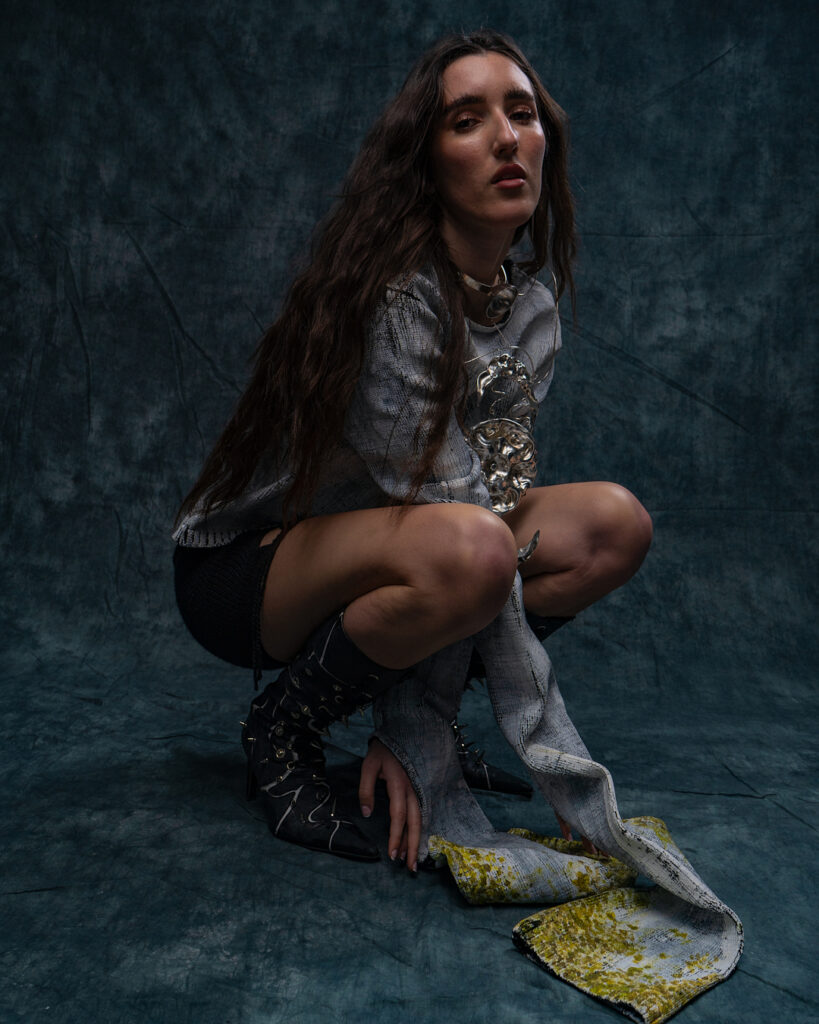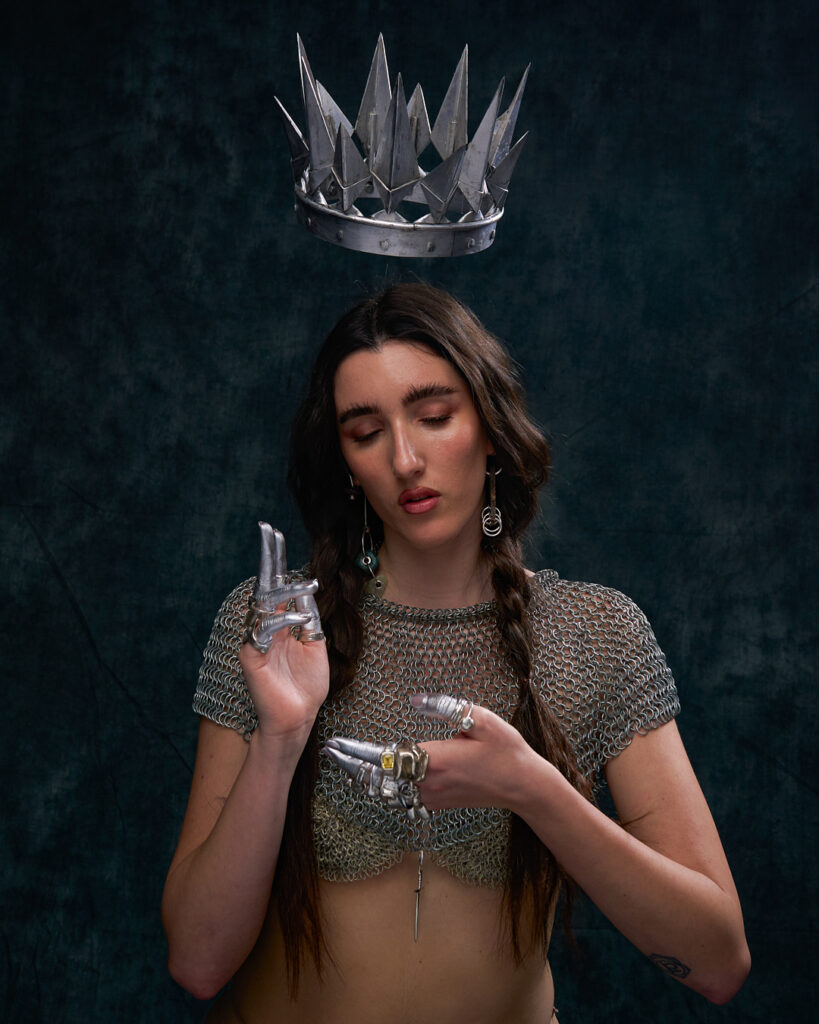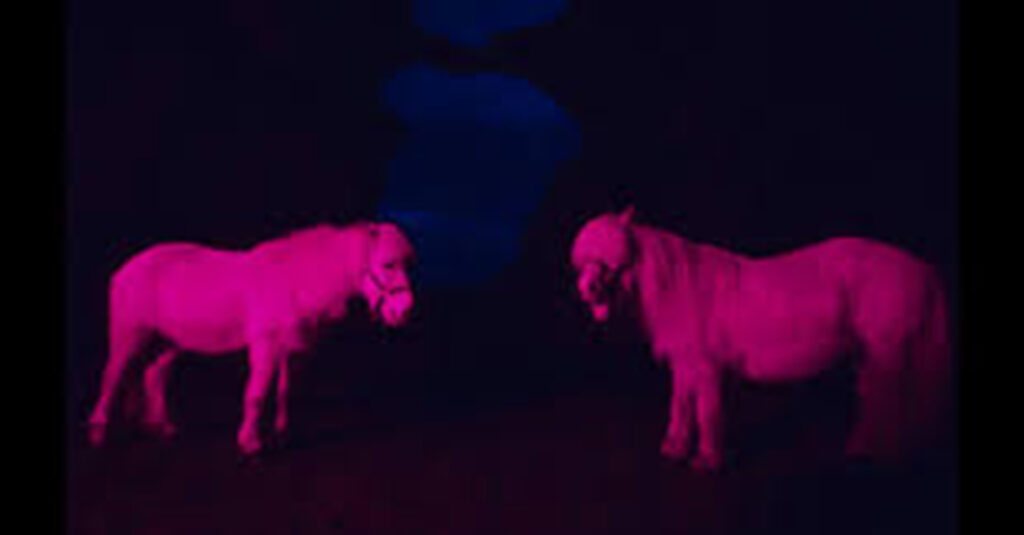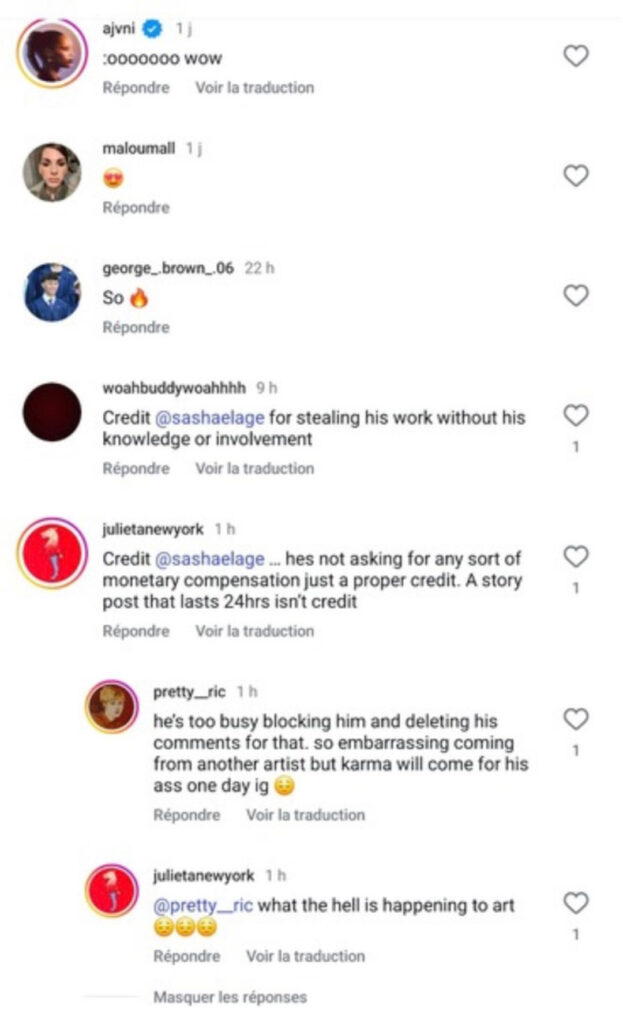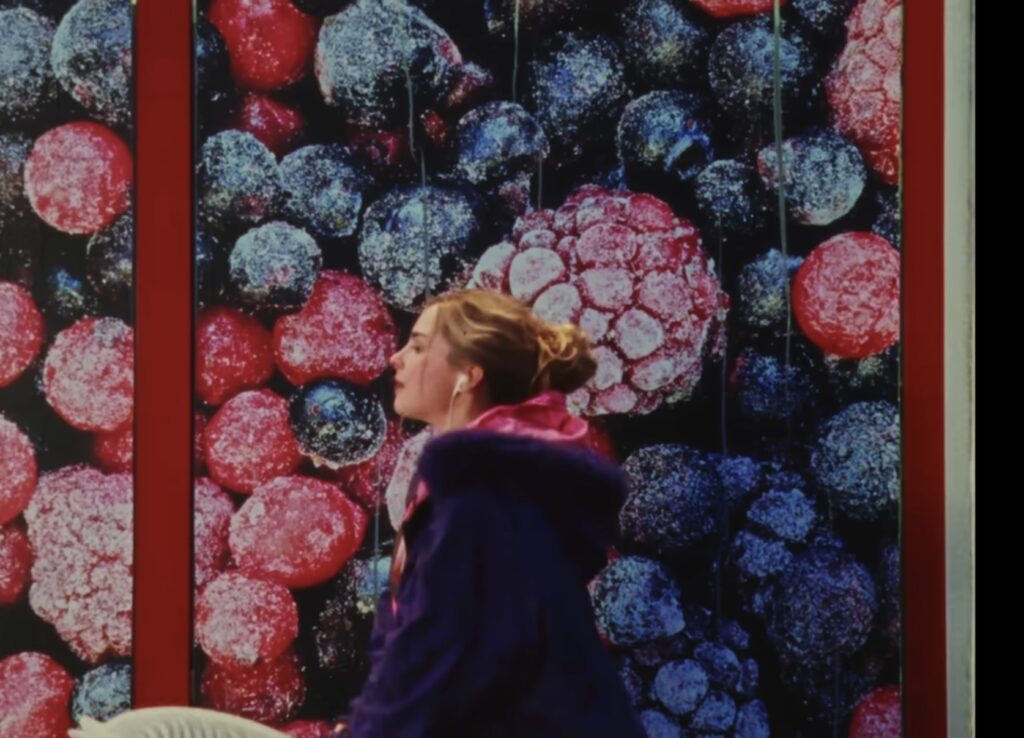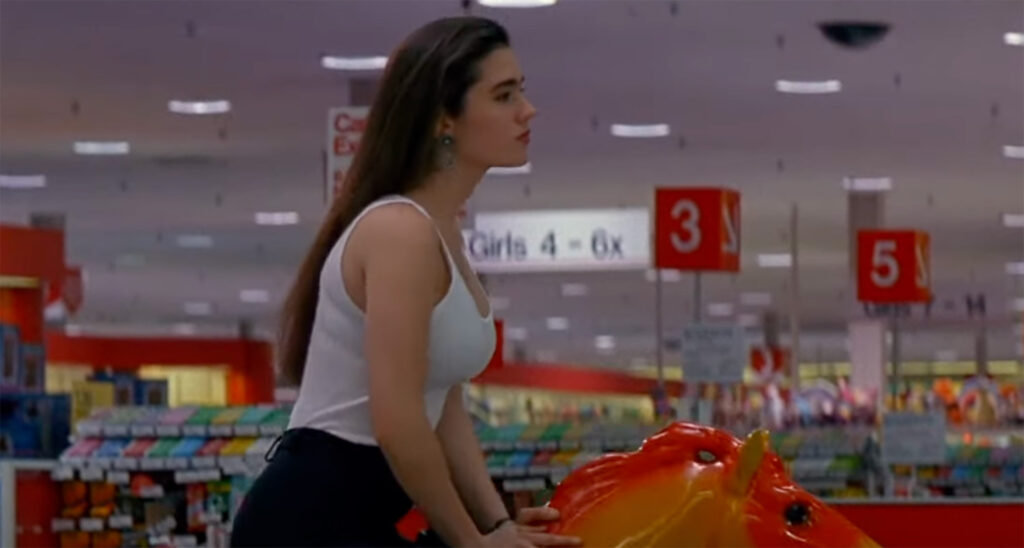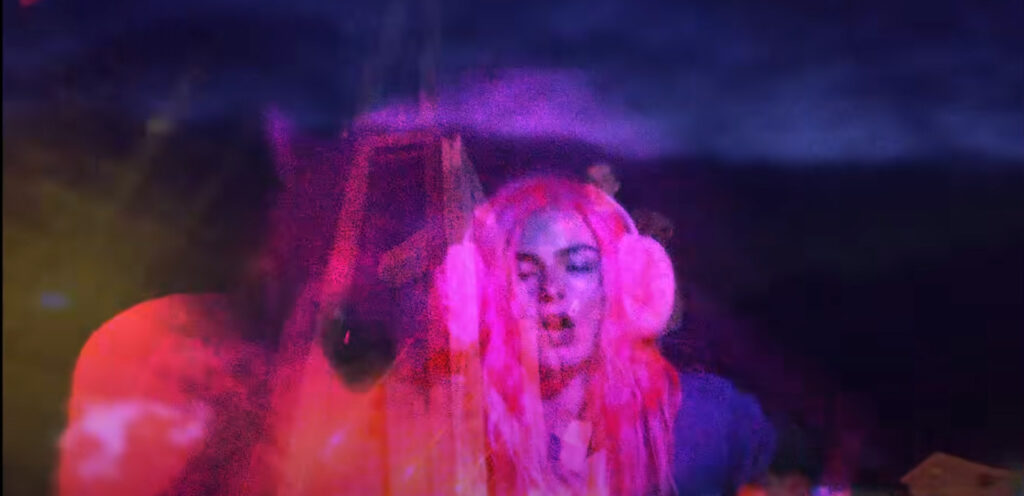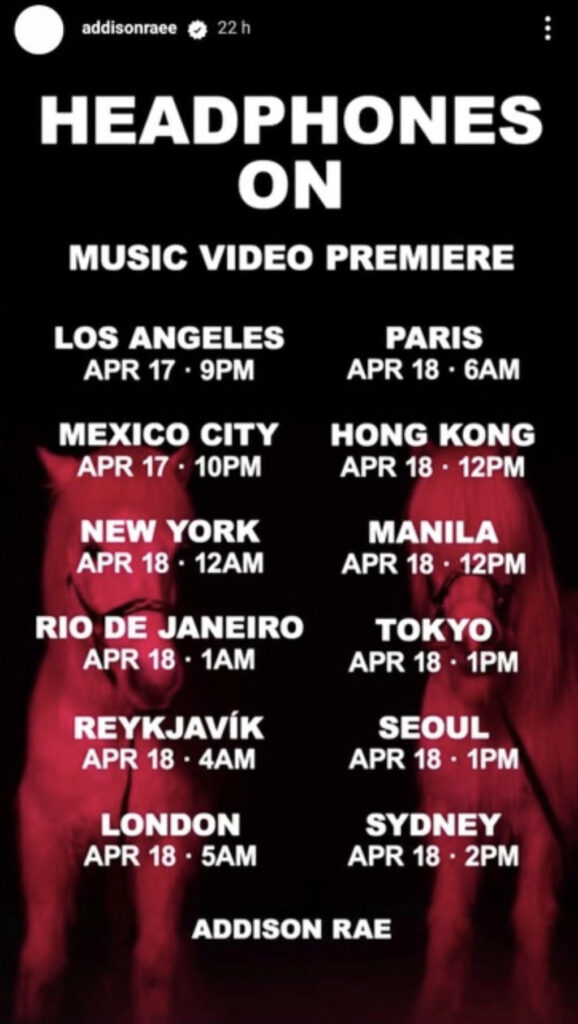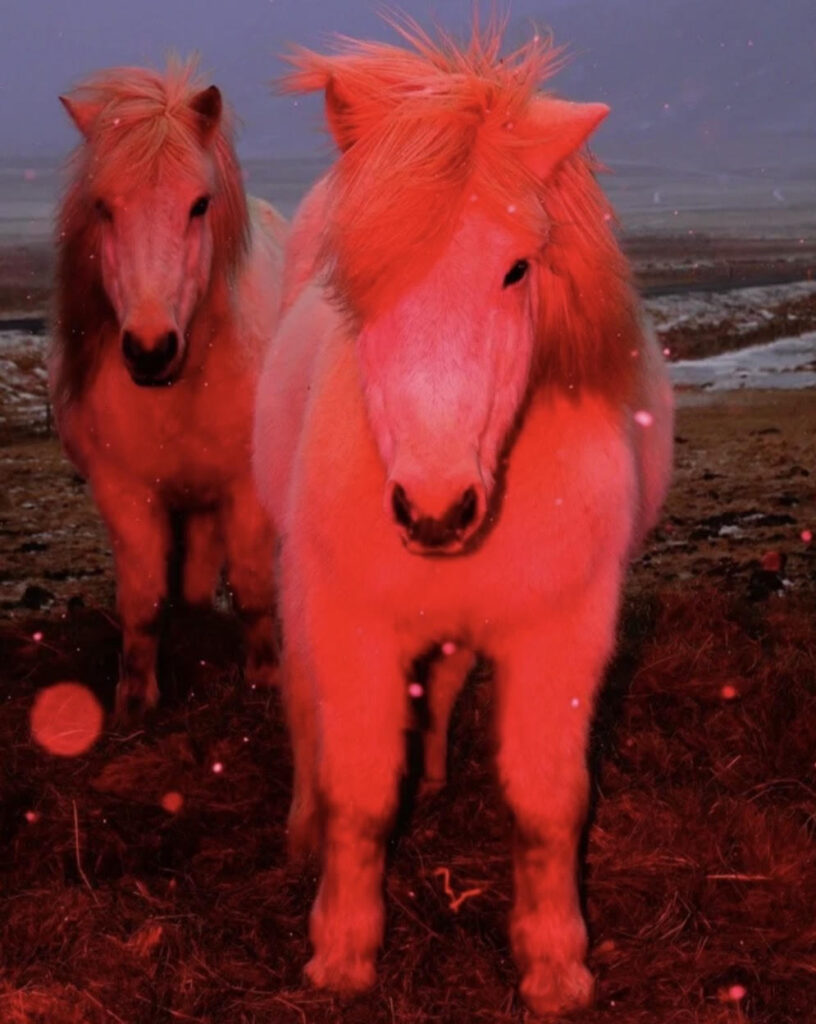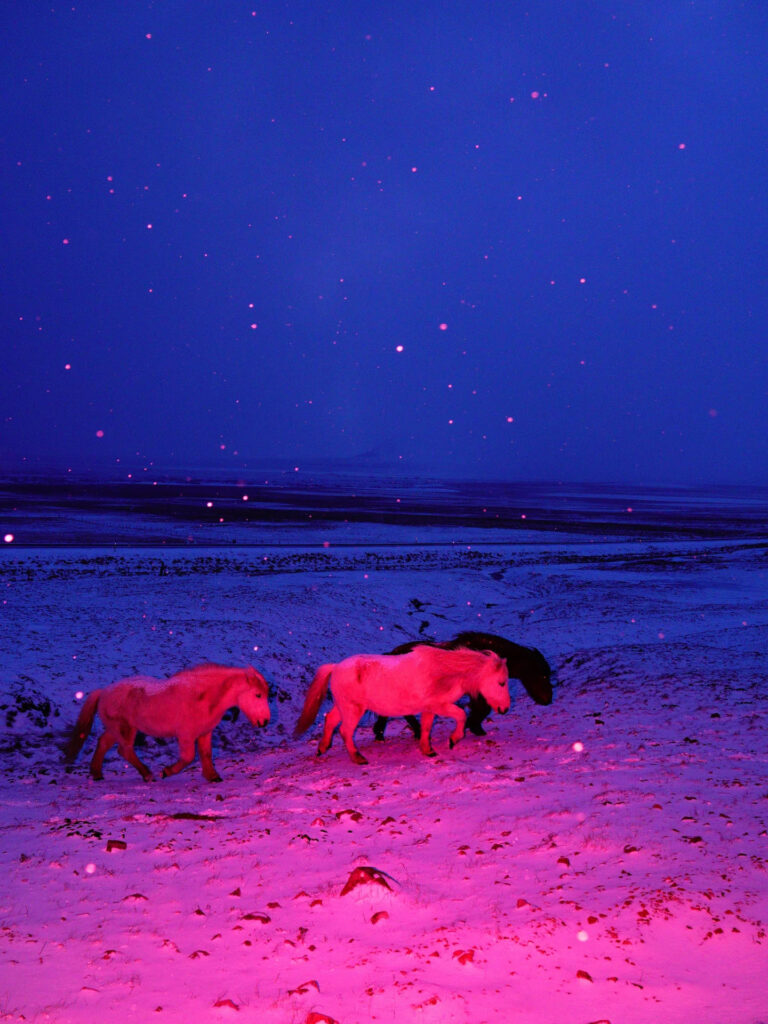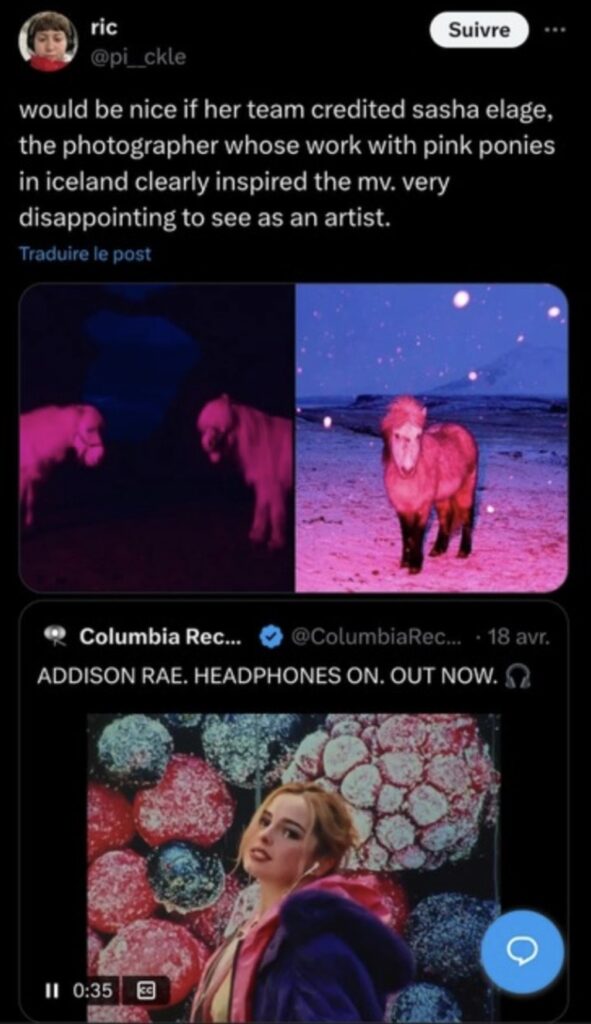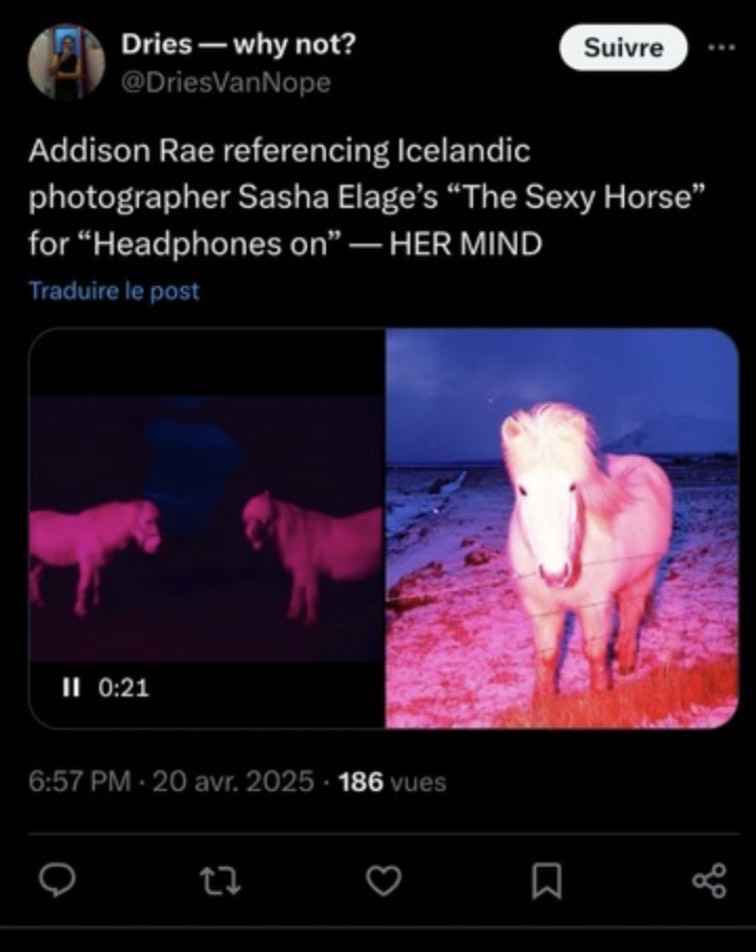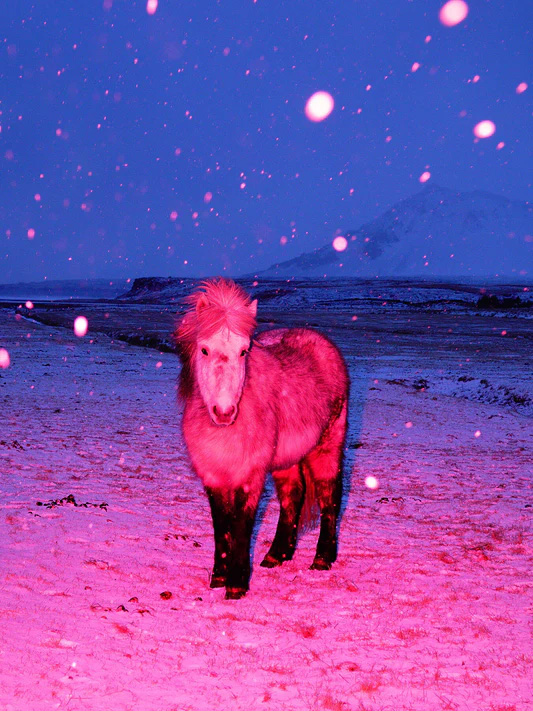
In Conversation with Rosie Evans: The Designer Turning Forgotten Fabrics into Wearable Art
Written by Lola Carron
Photos by @beasphotoss
Rosie Evans’ designs exist outside the relentless cycle of trends. Based in Brighton and founded in 2021, her eponymous brand lives somewhere between memory and imagination, folklore and lived experience. A pirate sifting through the debris of the past, a collector of forgotten things, she stitches history into the present—resurrecting textiles that have already lived full lives and crafting garments that feel unearthed rather than made. Rooted in sustainability, sentimentality, and traditional craftsmanship, Evan’s work reflects a quiet rebellion against fast fashion’s disposability, offering clothing as a form of storytelling.
Evan’s work is slow and deliberate—not only in the act of making, but in the way it demands to be worn. It isn’t performative nostalgia or a pastiche of some idealised history—it’s a dialogue, a reinterpretation, a rebellion against the rigidity of historical fashion and the fleetingness of the contemporary. “I think people get caught up in being overly historical,” Evans says. “But clothing has always been about adaptation—people making things work for them.”
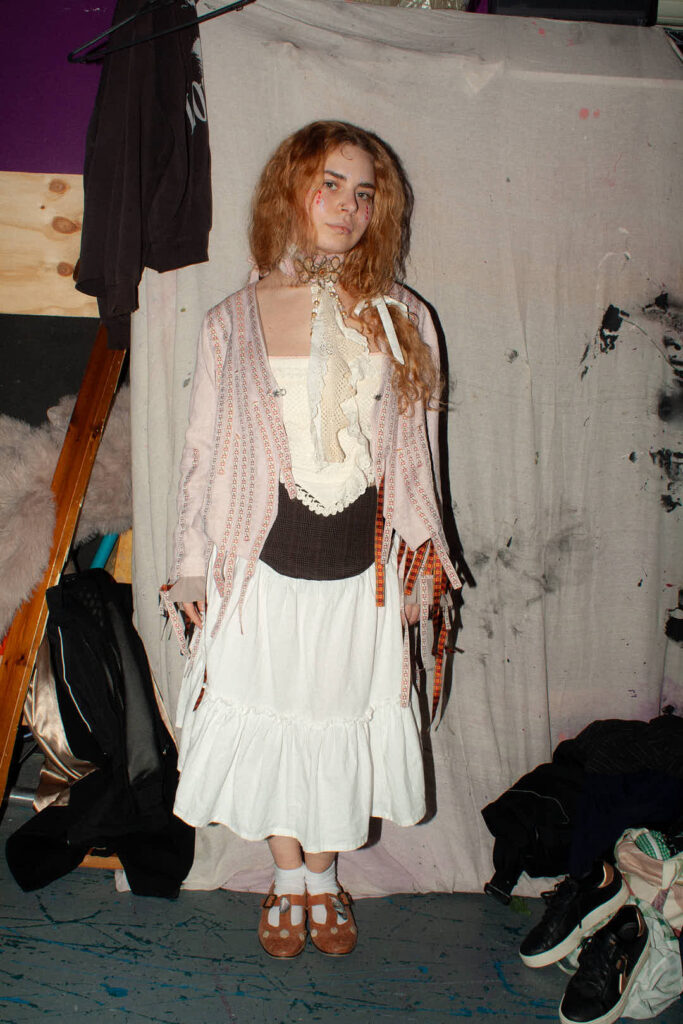
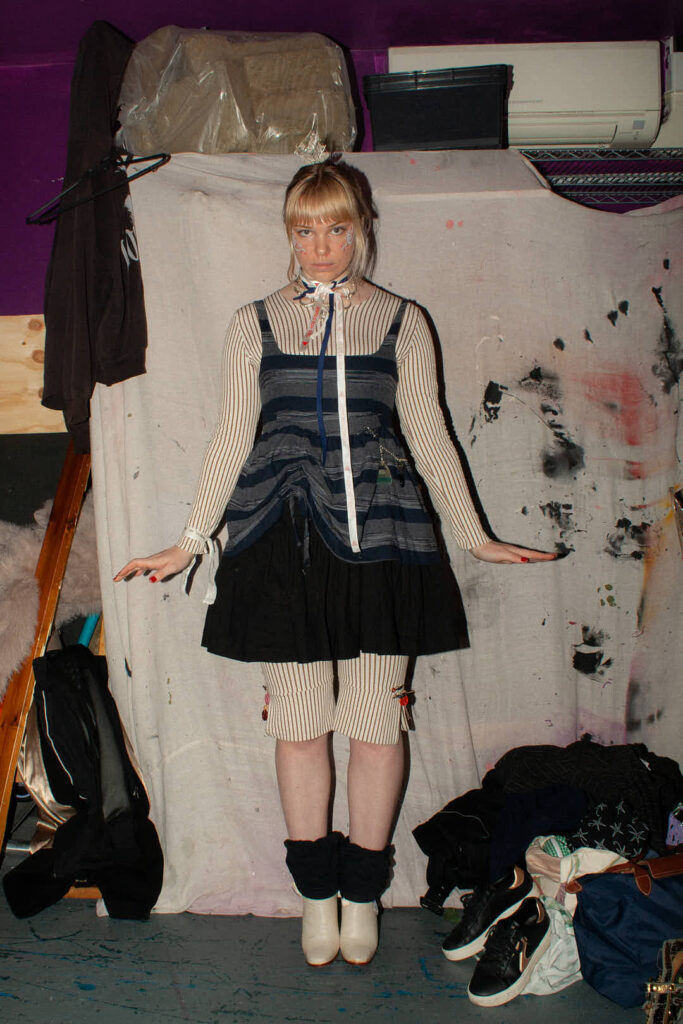
Her corsets don’t conform to rigid historical silhouettes; they allow the wearer to beautifully spill over at the sides, soft and unrestrictive. She pulls from Elizabethan and Victorian references, but the pieces are meant to be worn now—not just admired from a distance. It’s a rebellion against both the discomfort of old fashion and the emptiness of fast fashion—a refusal to produce clothing that is either oppressive or forgettable.
Each collection builds a world, a moment in time that never was but could have been. “I like to focus on a different area each time,” Evans explains. “Last summer, it was all about fairy hills and fairy rings—these kinds of ethereal, otherworldly landscapes. Then, for winter, I was drawn to interiors, specifically my granddad’s childhood home, which used to be a schoolhouse. The space had this really particular feeling—small doors, a bit pokey, really cold, like a classic grandparent’s house. My room was up in the attic, and I just found it all so interesting.”
Then came air—not quite space, but the expanse above us. Inspired by Wings of Desire (1987), a film about an angel on Earth, the collection took on a celestial quality—weightless, ethereal, as if the garments were suspended between heaven and earth. And most recently, Evans moved downward, toward the sea. To shorelines littered with washed-up remnants, to the mythologies of sailors and the things they leave behind.
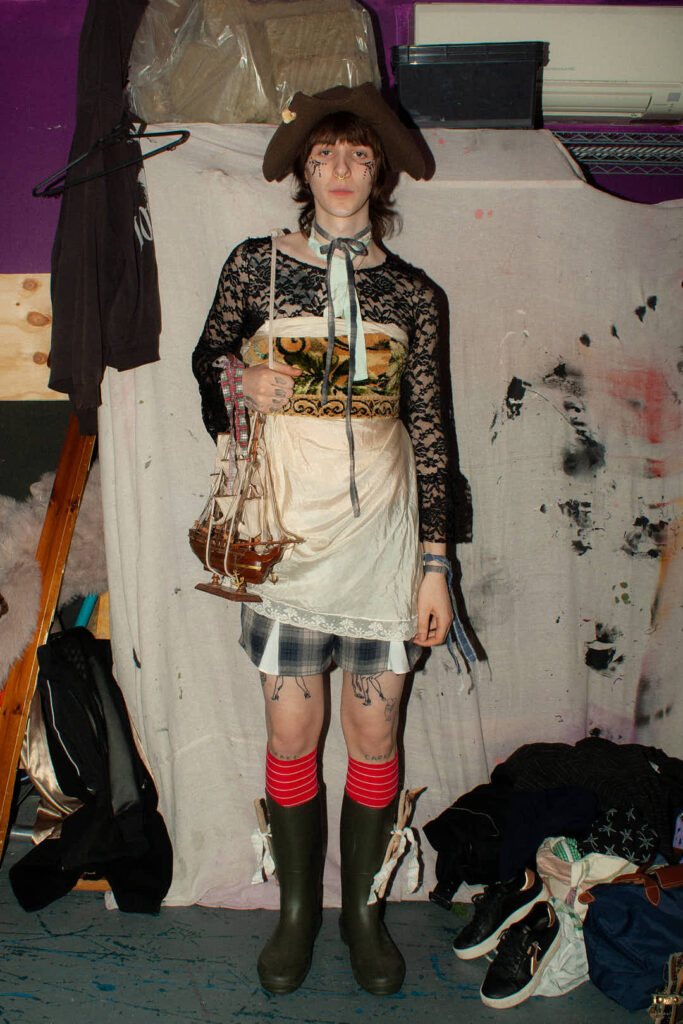
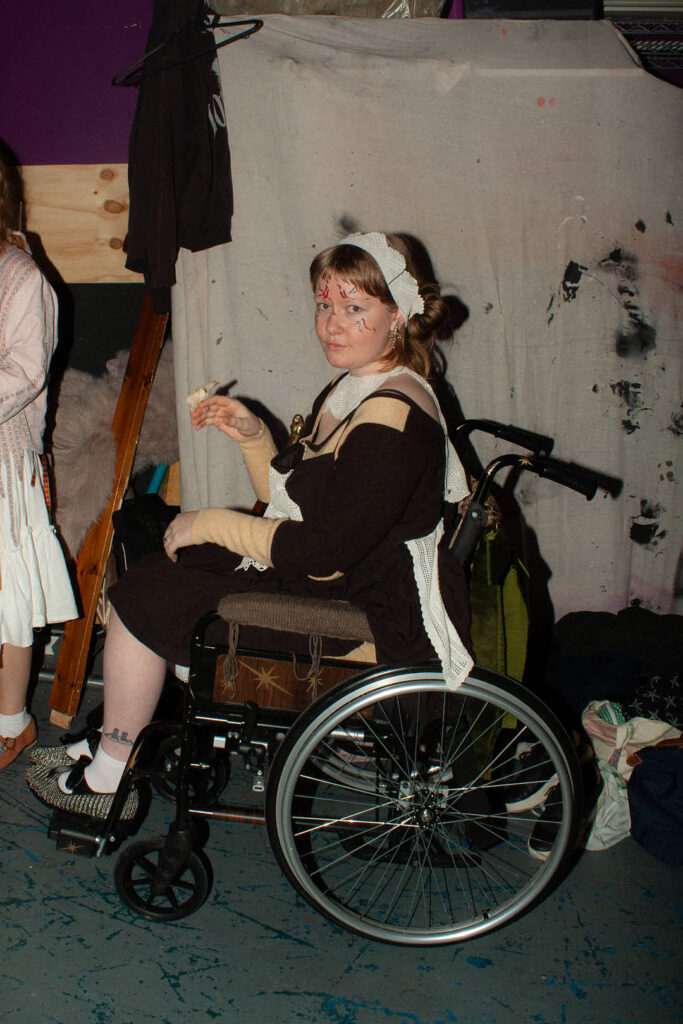
If the silhouettes and textures of Evans’ work feel like something pulled from the pages of a forgotten storybook, the materials themselves carry histories of their own. Hand-stitched quilts, discarded curtains, scraps of lace and linen once destined for landfill—she revives them, repurposes them, gives them a second life. But the process is not without its conflicts. “I used to have a very cut-throat approach—like, it’s recycling, so it must be good,” Evans admits. “But I’ve started to feel differently.”
She describes the moment she planned to cut apart an antique quilt—an intricate piece of someone else’s labour, stitched long before she ever touched it. “I started unpicking it, and I just couldn’t do it. Nothing I made would feel as special as what it already was.” It’s a delicate balance—preservation versus reinvention. Some pieces, like mass-produced curtains, are easy to transform. Others demand more care, more thought. “People forget that even in history, textiles were constantly being reused,” Evans says. “Clothes were turned into doorstops, blankets—whatever was needed.”
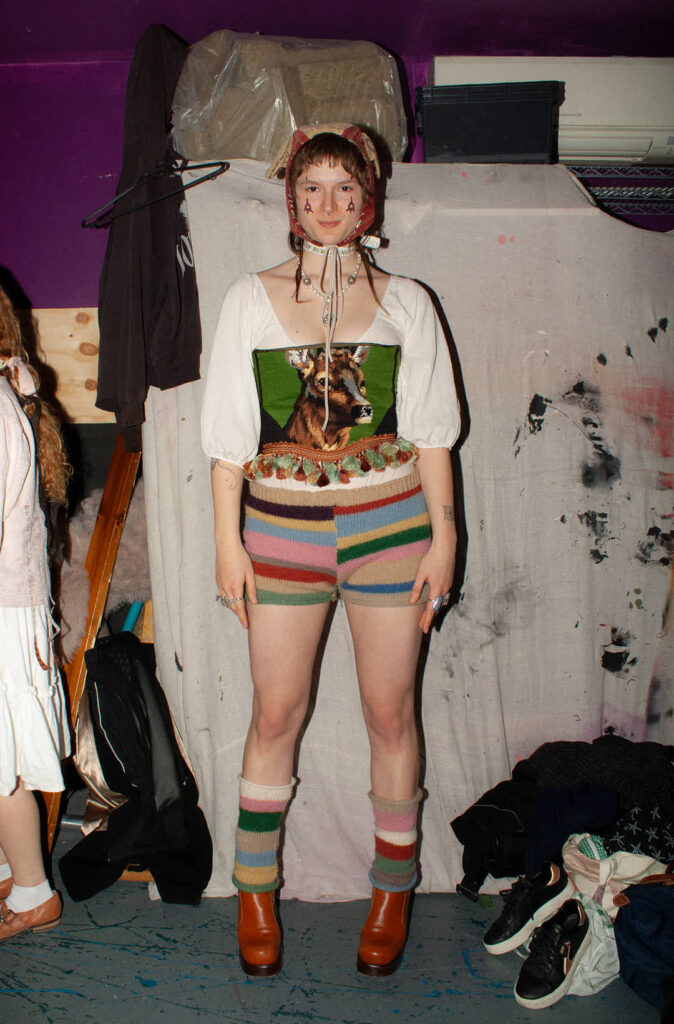
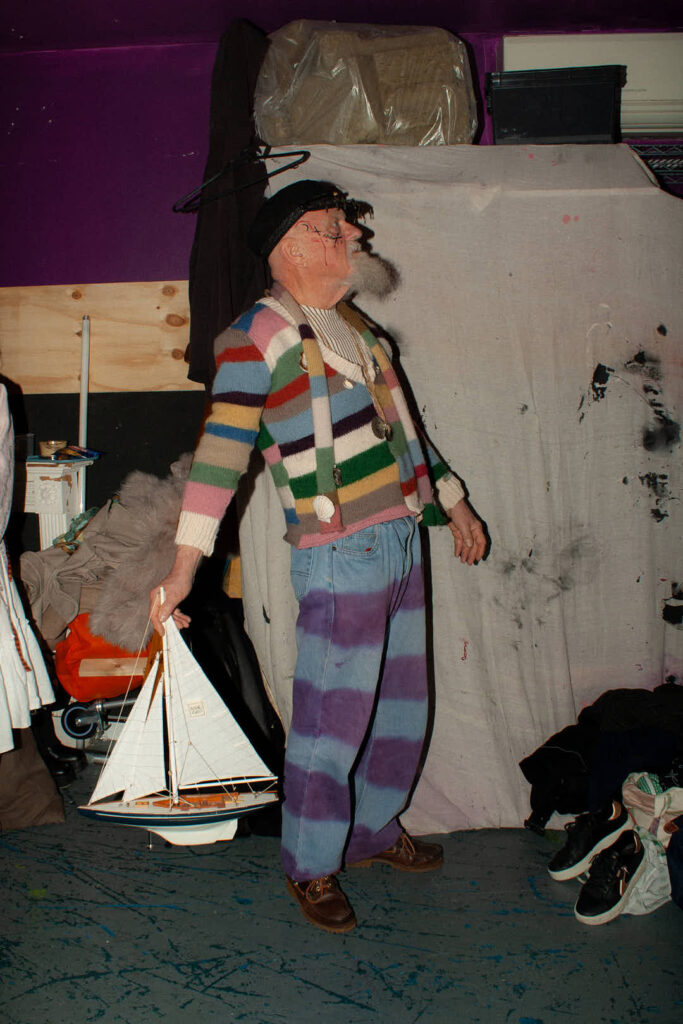
There’s an honesty in that, a kind of circularity lost in modern fashion, where garments are disposable but never truly disappear. Her latest collection, Drowning by Numbers, was a study in accumulation—the things we collect, the things we lose, the things we find again. “I was thinking a lot about the sea, about migration, about movement across water,” she says.
“How travel has changed, how passage used to be easier but now feels impossible.”
Found objects wove their way into the collection, both literally and metaphorically. “I went to this beautiful little beach with a friend, and I was trying to collect seaweed, but there were just plastic bottles everywhere,” she recalls. “You forget how much waste there is when you live somewhere like Brighton, where the beaches are maintained. But the effort that goes into keeping up that illusion is constant.”
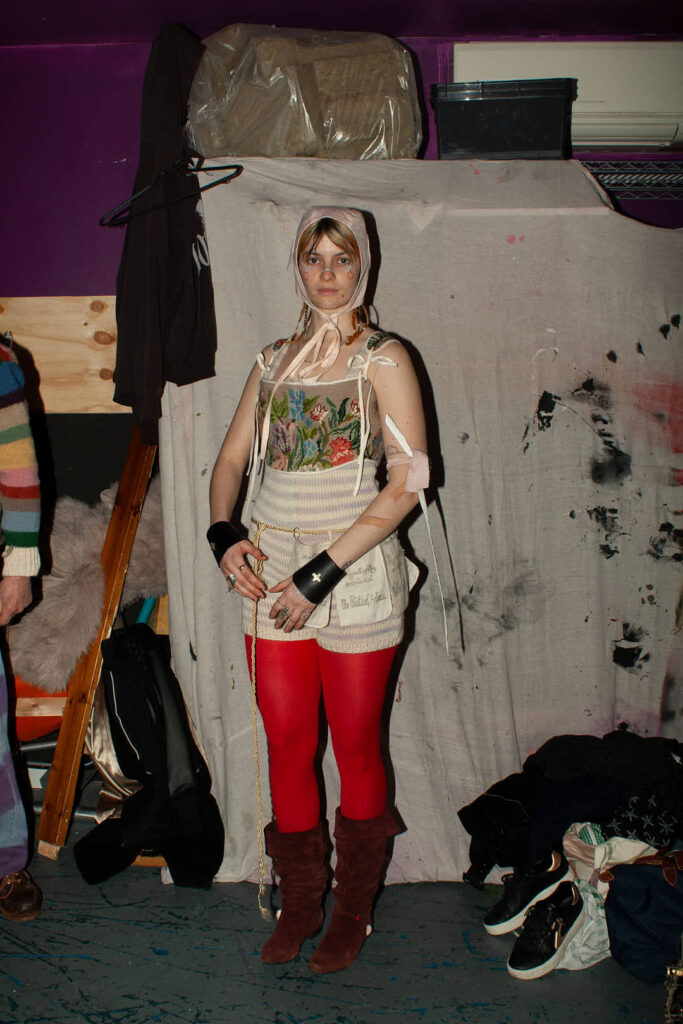
The garments carried that weight—the layers of fabric, the unfinished hems, the textures of things reclaimed. There was a quiet grief in it, a commentary on the impermanence of objects and the stories they hold. The storytelling in Evans’ collections isn’t always linear. “Sometimes the collections connect, sometimes they’re more like standalone stories,” she explains. “The last one was about these pirates coming to shore and seeing what’s been left behind. That was the narrative I was working with.”
At other times, her work is a vignette, a moment in a broader, unwritten myth. “For one collection, I only showed four looks, and it was about angels arriving on Earth and witnessing everything. But there were other ideas—creatures, strange and eerie things—that I haven’t fully explored yet.”
She doesn’t consider herself a designer in the traditional sense. Not quite a costume maker, not just a fashion label. “I love making things with my hands, and I love that no one else can wear exactly what I make.” Her work isn’t meant to be mass-produced. It’s meant to be kept, passed down, worn into its own history.
Rosie Evans’ collections aren’t just clothes; they are stories waiting to be lived in.

